[ExpertPhotography is supported by readers. Product links on ExpertPhotography are referral links. If you use one of these and buy something, we make a little bit of money. Need more info? See how it all works here.]
Exploring Symbolism in Photography
Because of its many uses in literature and art, the term symbolism can have all sorts of meanings. In basic terms, symbolism refers to using visual cues to express a concept. For example, we associate a heart symbol with love. But a crow is often a symbol of death.
A Brief History of Symbolism in Visual Arts
Symbolism developed alongside the origins of visual arts itself. So the first step to understanding symbolism in photography? We need to investigate the history and origins of symbols in fine art.
Ancient Symbolism in Works of Art
An early concept is that a marking expresses many possible meanings. We see this in art dating back millennia. The Mayans adopted the jaguar as a symbol of ferocity, strength, courage, and foresight. They carved the likenesses of the big cat into temple walls and stelae. The scarab beetle featured prominently in Egyptian art to symbolize transformation and resurrection. An Aquila, or eagle with outstretched wings, embodied the span and might of the Roman empire. Ancient Chinese artists marked wealth with the depiction of a deer. And they adopted fish as a symbol of fertility and resilience.
Symbolism in Medieval and Renaissance art
Medieval times were an age when very few were literate. So medieval art movements relied on conveying deeper meaning through symbols. These symbols drew from religion, myth, nature, and society. So symbols such as the dove, the cross, and the halo were prominent in Byzantine art. During the Renaissance period, artists used a type of symbolism. They used it to assign human values to mythological figures. We can see this in Botticelli’s The Birth of Venus, pictured above and below. Venus herself represents love and beauty. The large scallop shell at Venus’s feet is representative of birth and fertility. Roses blown gently across the shore illustrate love.
Symbolism (the Art Movement)
Symbolism emerged as an art movement during the late 19th century. Several details featured heavily in symbolist artworks. The artwork had exaggerated gesticulations, muted colors, dark angels, and grotesque figures.
Symbolism in Other Modern Art Movements
Modern art movements such as Dadaism, Cubism, and Surrealism embraced symbology. Salvador Dali cultivated narratives that appealed to visual cues established in art history. He also invented new symbols like the melting clock in The Persistence of Memory. Frida Kahlo incorporated symbols into her artworks to describe larger ideas and experiences. And Pablo Picasso used symbolism to stress the dimensionality of his cubist subjects.
Symbolism and the History of Photos
Early photographers weren’t blind to the historical impact of symbolism in visual arts. Symbols conveyed through traditional methods were soon translated into photographic images. So many early portraits depicted subjects with books to signify intelligence. As photography developed, many photographs also became symbols in themselves. Dorothea Lange’s Migrant Mother symbolized the great depression of the 1930s. Alfred Eisenstaedt’s photo of in Times Square is an iconic symbol. It’s an American sailor kissing a woman. And it represented the V-day celebration at the end of World War II. And the 1989 photo of a lone Chinese protester in Tiananmen Square is famous. The person stepping in front of the People’s Liberation Army tank became a symbol. It depicted defiance in the face of oppression.
Symbolism in Contemporary Photos
Photography and symbolism have evolved together over time. That’s because the ways of viewing and generating imagery have changed. Consider photographers like Annie Leibovitz, Gregory Crewdson, and Steve McCurry. They have created unique approaches to photos. These resonate as symbolic of a period in visual history. The use of symbology within contemporary photos is pronounced too. Both old and new symbols continue to expand our visual culture. Justine Reyes’s still lifes are highly symbolic. They reference Flemish still lifes from the 16th and 17th centuries. Tami Bahat’s Dramatis Personae blends Renaissance-inspired symbolism and aesthetics with contemporary photographic tech. Chen Man’s portraiture merges symbols with fashion and makeup photography. This creates a rich photographic experience. And Honey and Prue use the landscape to symbolize concepts and metaphors.
Common Symbols Found in Modern Photos
Many shared symbols continue to inform our comprehension of art today.
Colors
Color affects our mood and our impressions. As a symbol, color represents emotional and physical experiences.
Red
Red has a palpable weight. It holds universal associations with heat, fire, and blood. These make red the color of physicality and human experience.
Yellow
Yellow is often linked with the sun and warmer seasons. Signaling the end of winter, yellow promotes joy and lightheartedness.
Pink
Pink evokes impressions of innocence and compassion. The buoyant color is sometimes associated with femininity.
Green
Green represents growth and nature, putting the eye at rest.
Purple
Purple is often tied to luxury or royalty, wisdom, and magic.
Orange
As a mix of yellow and red, orange delineates warmth and enjoyment.
Blue
We associate blue with water but also with beauty and sorrow.
Black and White
We can pair black and white with each other. Together they can symbolize age, nostalgia, and the separation of creative realities.
Flowers
Floriography reflects the meanings ascribed to flowers for thousands of years.
Roses
Perhaps the most prominent example of floriography lies with the rose. Red roses symbolize romantic love.
Lavender
The small aromatic flowers of the lavender bush have become a symbol. They represent purity, healing, and calm.
Chrysanthemums
Chrysanthemum blooms represent fidelity, optimism, joy, and long life.
Lilies
Lilies are the flower most associated with mourning. They can signal the emotional state of a subject.
Fruit and Vegetables
Fruit and vegetables are other visual cues. Artists have used them throughout art history. Like flowers, still lifes made up of fruits or vegetables signal the passage of time.
Apples
The apple appears in Christian religious art and popular culture. It signifies the sins of the biblical Adam and Eve. So the apple has come to be a symbol of sensual pleasure.
Lemons
Due to their sour taste, lemons often symbolize resentment or conflict.
Peaches
People see the peach as a symbol of virtue.
Pears
Throughout the history of visual arts, pears have become a symbol of marital faith.
Garlic
Many cultures have used garlic for spiritual protection.
Pumpkin
We associate pumpkins with Halloween and seasonal change. The distinctive vegetable represents protection, warmth, and well-being.
Animals
We have been animals in ancient cave paintings and Leonardo da Vinci’s famous Lady with an Ermine. They have had a continuous presence in symbology and visual art.
Felines
We view cats as figures of liberty, intelligence, and grace. They come in all sizes and are an enduring symbol in artistic history.
Canines
We celebrate the companionship, loyalty, and intelligence of canines. We have seen their likenesses immortalized in portraiture for centuries.
Horses
Horses have had a significant historical presence in art. We use them to elevate figures of importance and add movement to an image. Depending on their color, horses can reflect different themes. These include victory, aristocracy, virtue, death, war, and intrigue.
Small Mammals
Some may associate rats and mice with destruction and disease. But rodents are also known for their intelligent and industrious natures.
Birds
We associate birds, in general, with freedom of spirit.
Objects
Photographers incorporate familiar and specific objects into a photo. It establishes a wordless dialogue between a viewer and an artwork.
Clocks
Clocks signify the passage of time. They remind us that time is a limited resource.
Vintage Objects
Dated objects are another reminder of the progression of time. We include vintage fashion and items like typewriters, old cameras, or cars. They can evoke a sense of nostalgia.
Skulls and Bones
Skulls and bones inspire reflection on mortality.
Locks and Keys
Keys signal potentiality and mystery. Locks can symbolize commitment or secrecy.
Instruments
Instruments add an audible dimension to an image.
Mirrors
A mirror can stand for truth or vanity. A self-portrait in a mirror can symbolize self-reflection.
How to Use Symbolism in Photography
We can control the delivery of a symbolic subject. We do this by using placement, repetition, lines, color, and depth of field. Placement The placement of a symbol conveys the visual weight of a subject. A symbol in the center of an image emphasizes the symbol as the subject itself. An off-center symbol or a symbol in the background of an image is more subtle. It soaks up atmosphere and context.
Repetition
The repetition of symbolic subjects expresses a pattern of behavior. A strong, singular symbol holds weight as an established subject. A repeated symbol emphasizes a message with each repetition.
Line
Line plays an important role in drawing attention to symbols in a photo. A curved line is more organic and pairs with natural symbols. Sharp lines are inorganic and bold. They deliver the viewer’s eye straight to a symbol with urgency and efficiency.
Color
Like lines, the human eye tends to seek out colors. A bold pallet leads the viewer’s eye straight to a symbol. A symbol made up of muted colors will merge with the rest of the image, cultivating a slower viewing pace.
Depth of Field
A sharp symbol within a focused environment speaks to the entirety of the photo. We can also nest symbols within a softly focused background or foreground. This creates a sense of intimacy.
Conclusion: Street Photography Quotes
The symbols and techniques listed in this article are by no means exhaustive. But they should give you a good idea of using symbolism in photography. Symbology represents something more than the physical resemblance of a particular subject. We appeal to impressions drawn from experience and visual culture. And symbology conveys imagery layered with meaning and narrative.
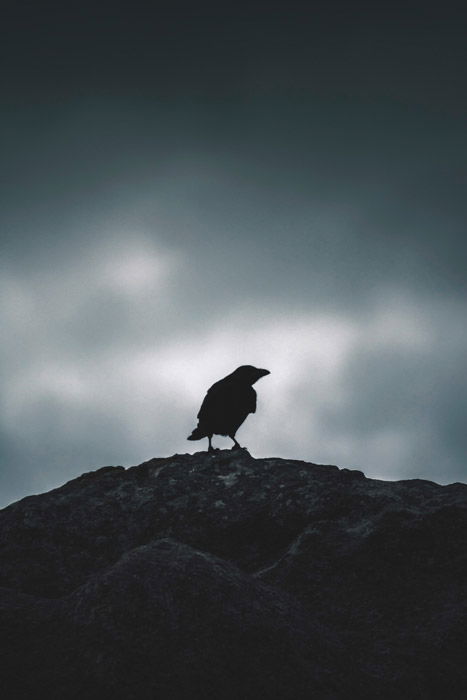


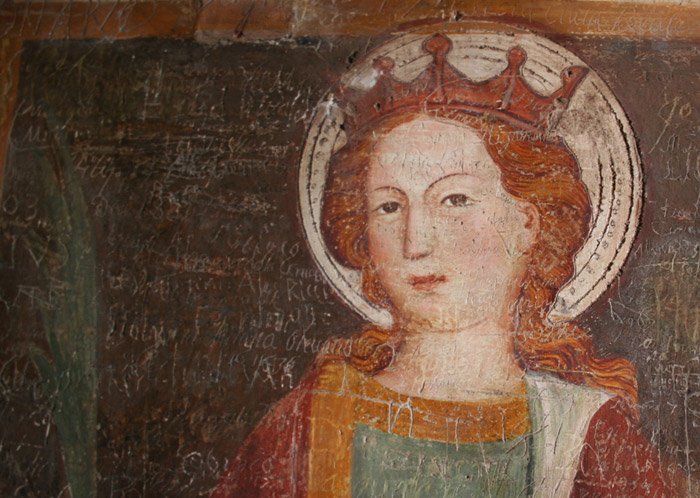
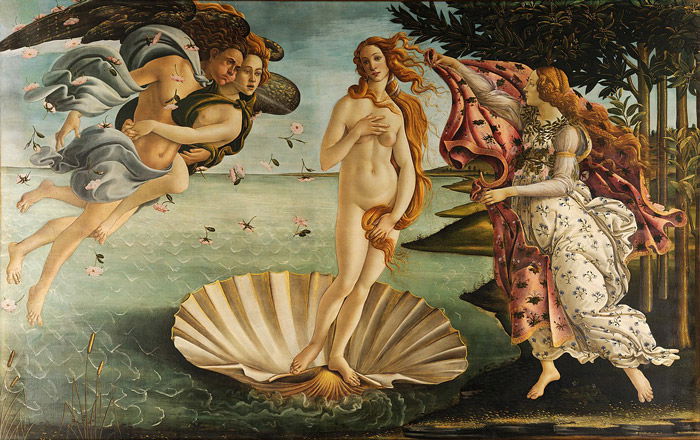
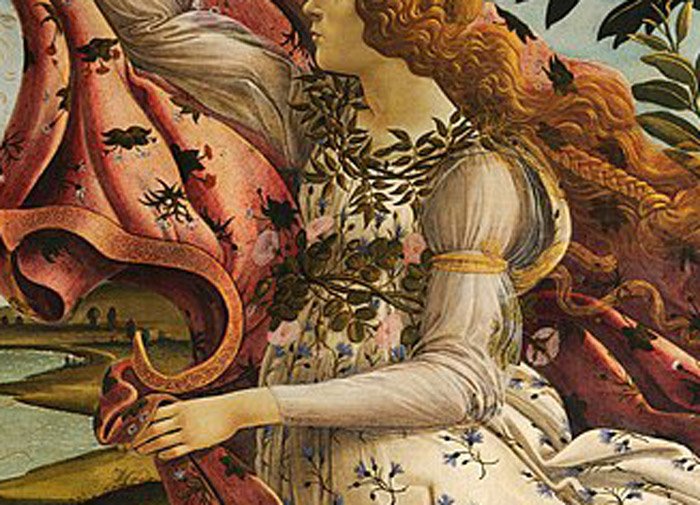
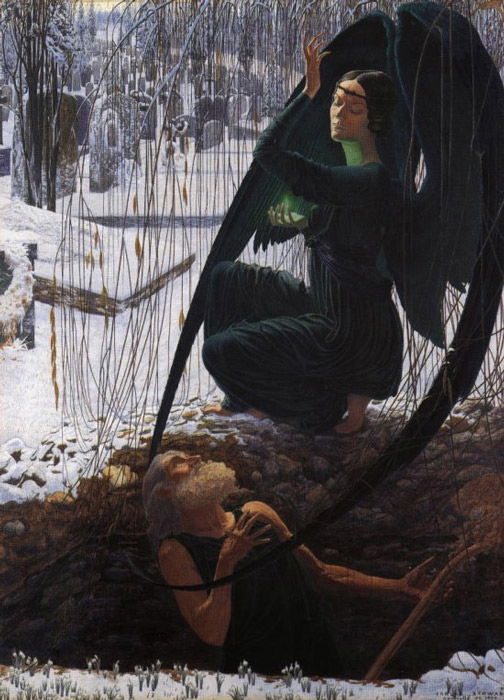
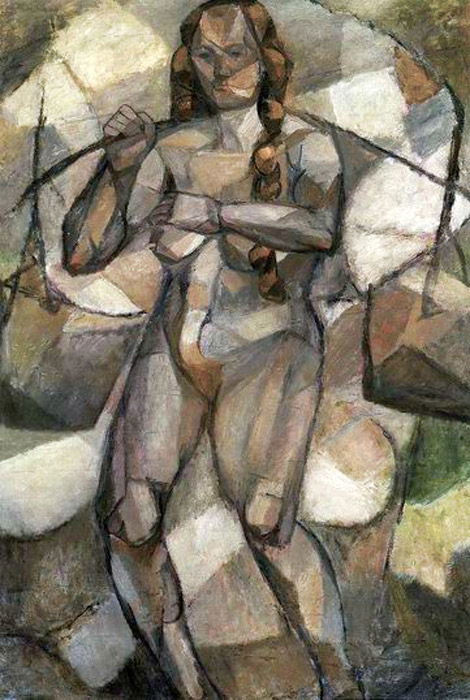
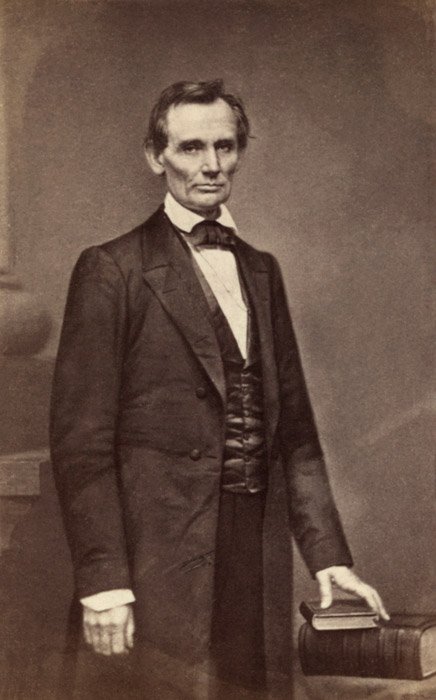
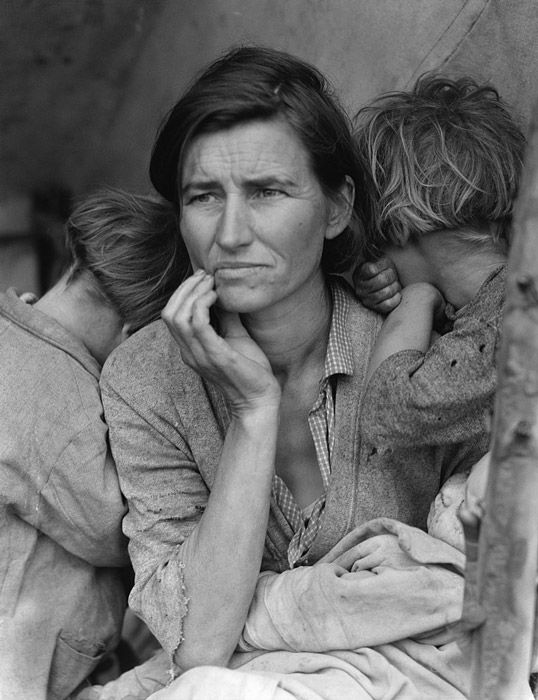
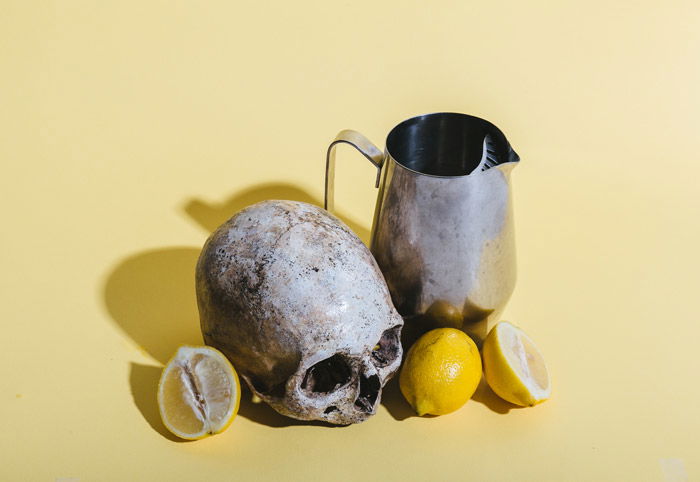



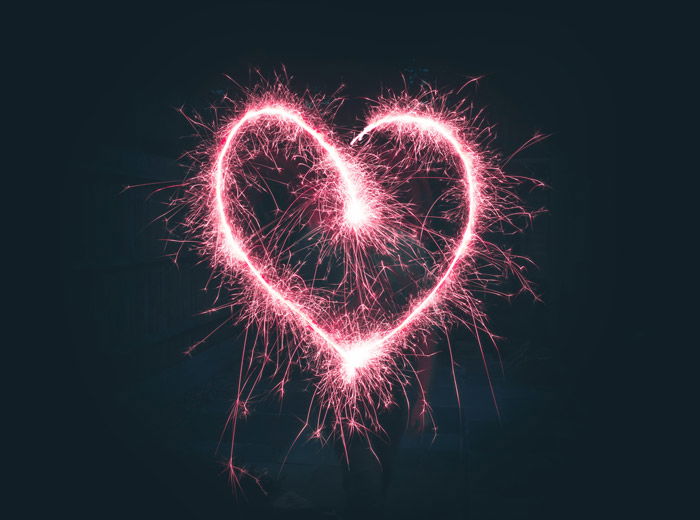
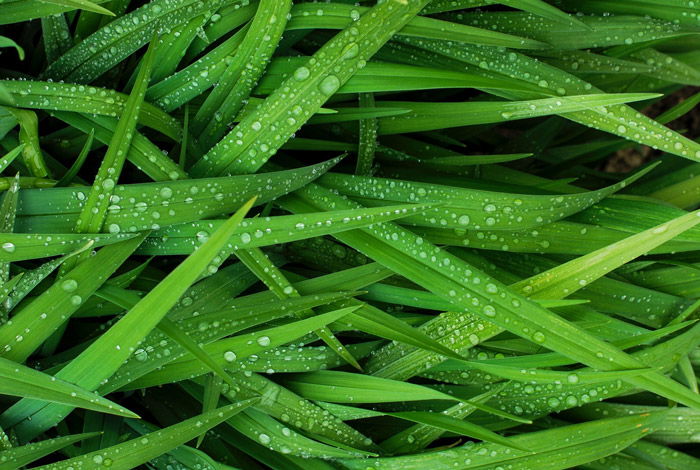
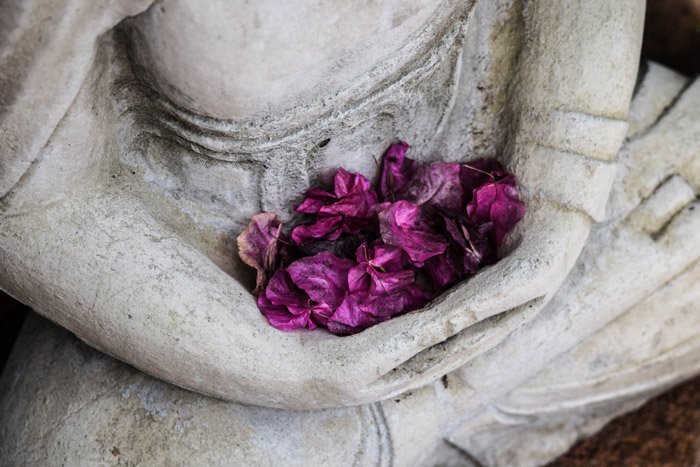
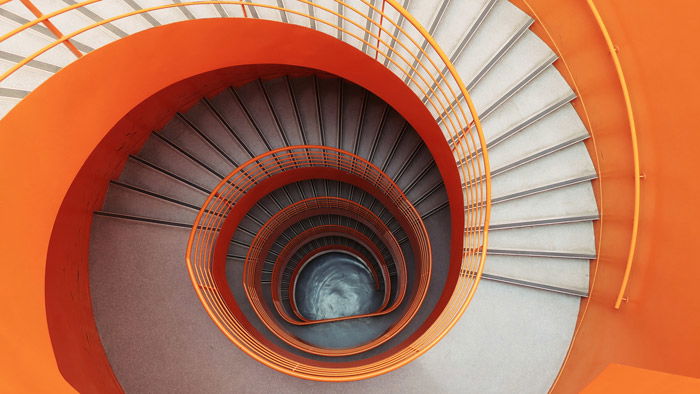

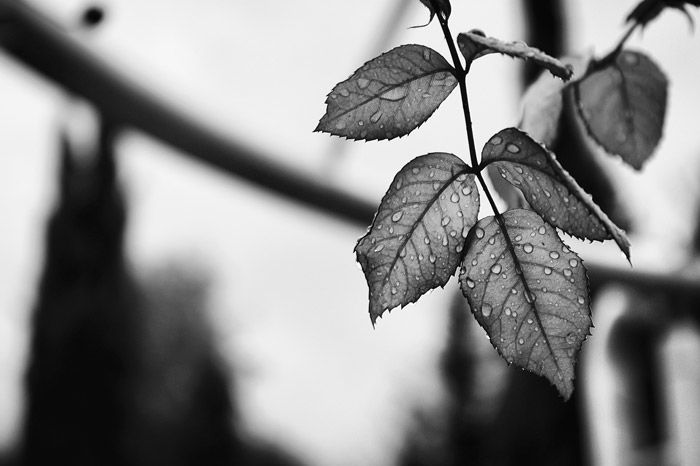
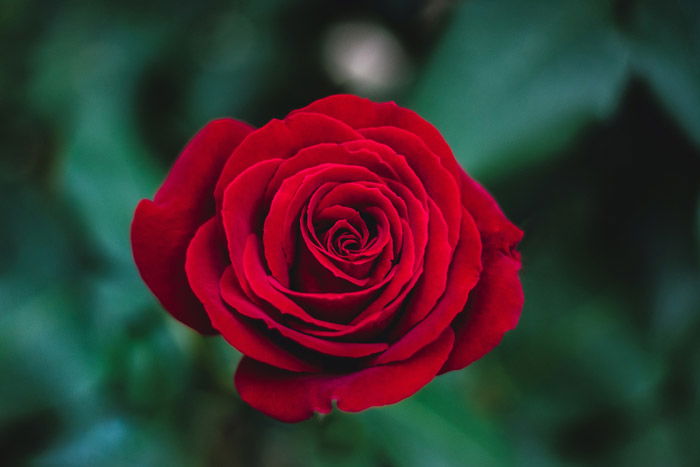
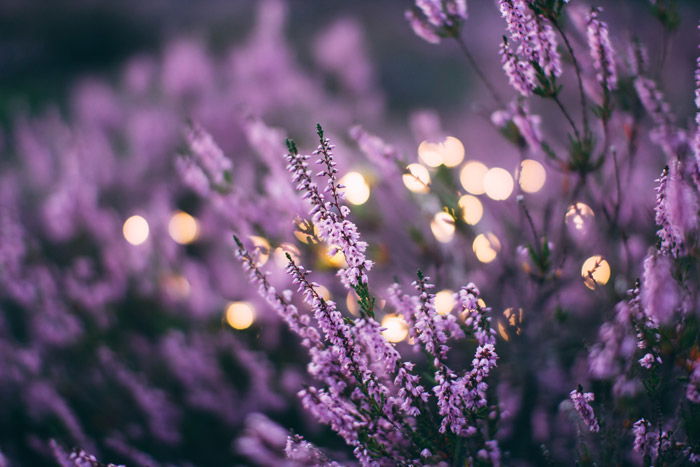


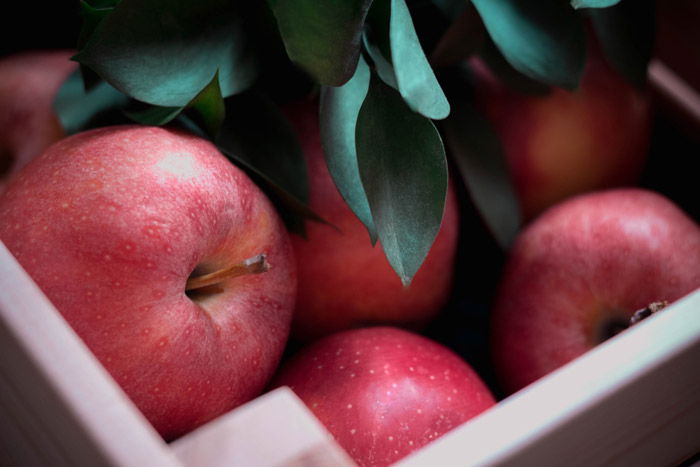

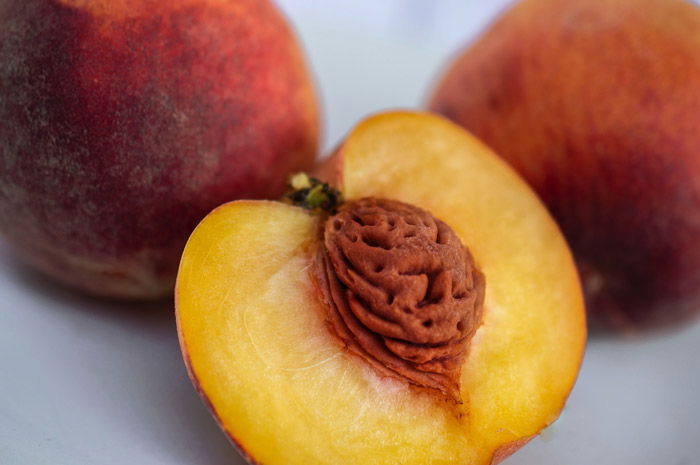
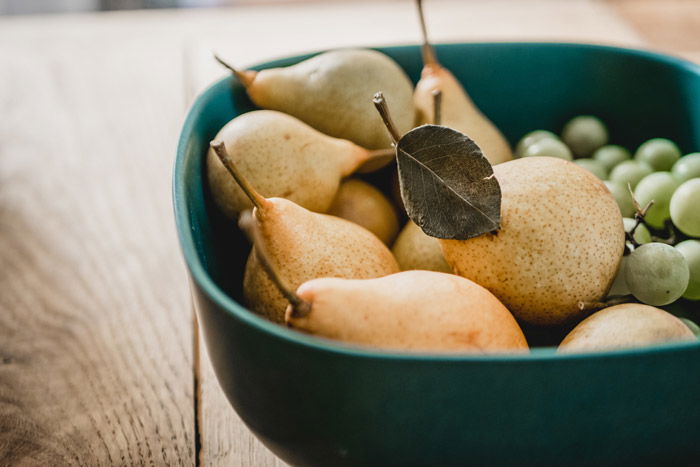
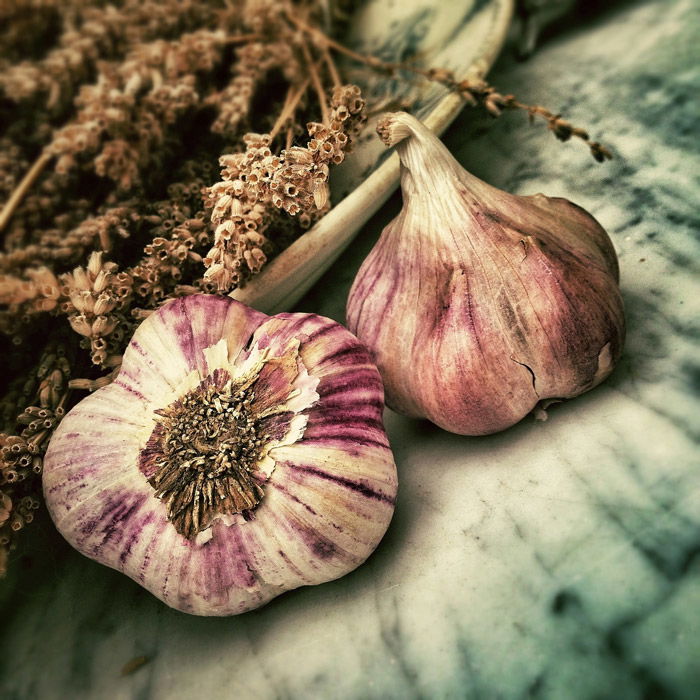
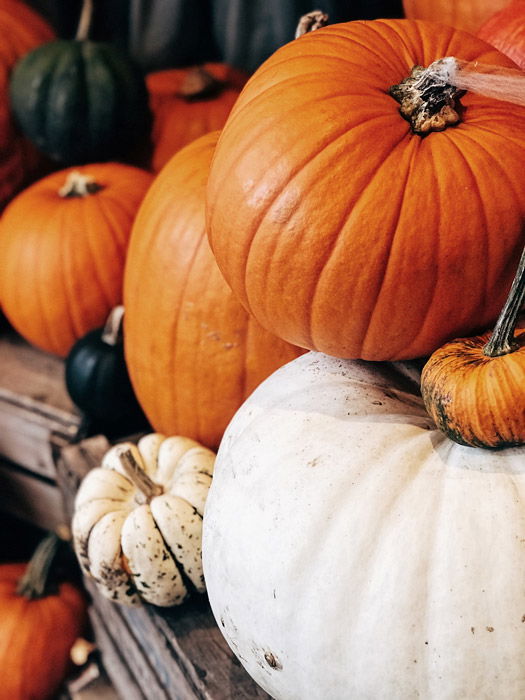
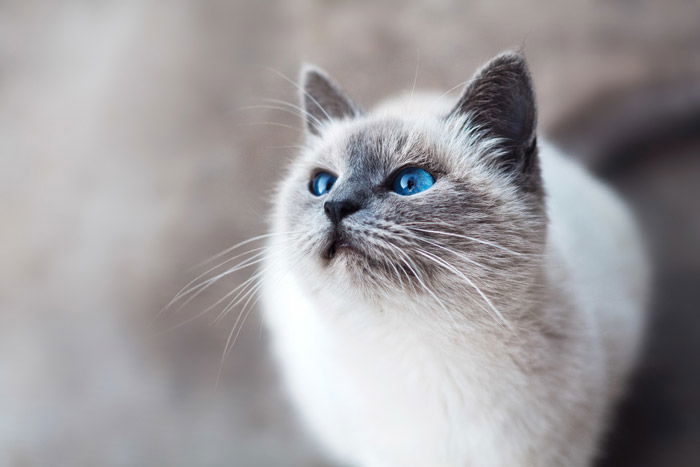

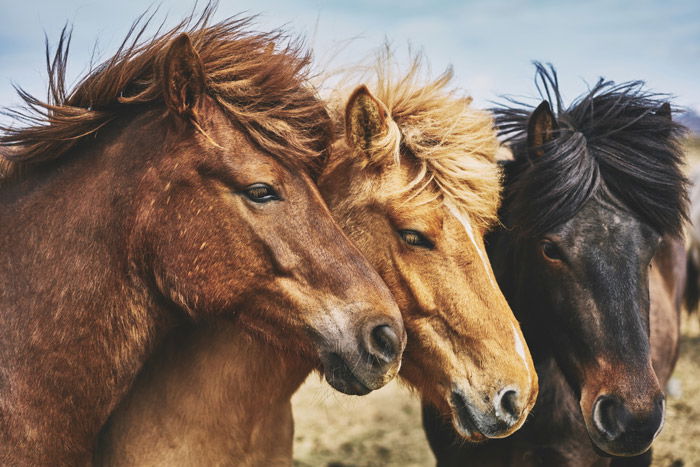

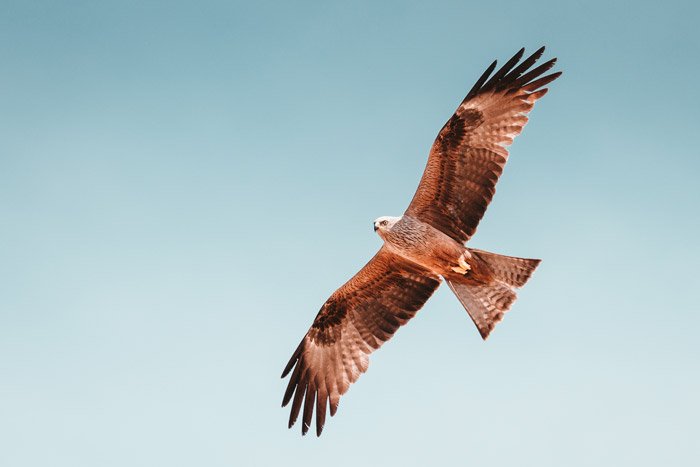
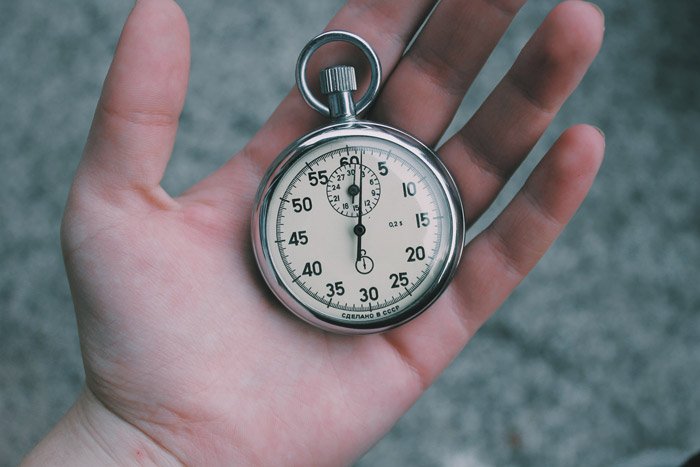
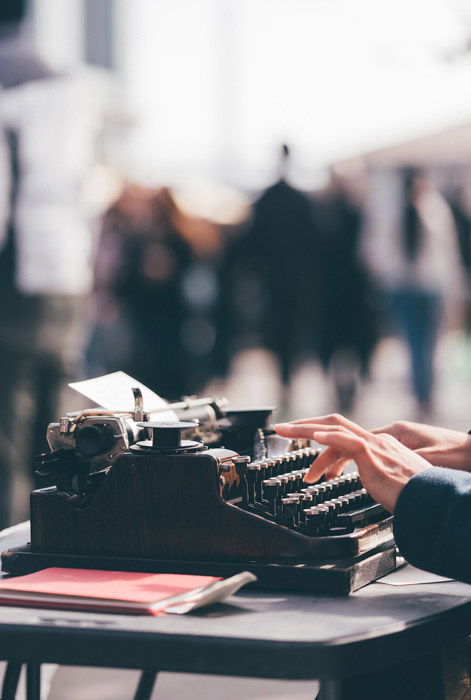

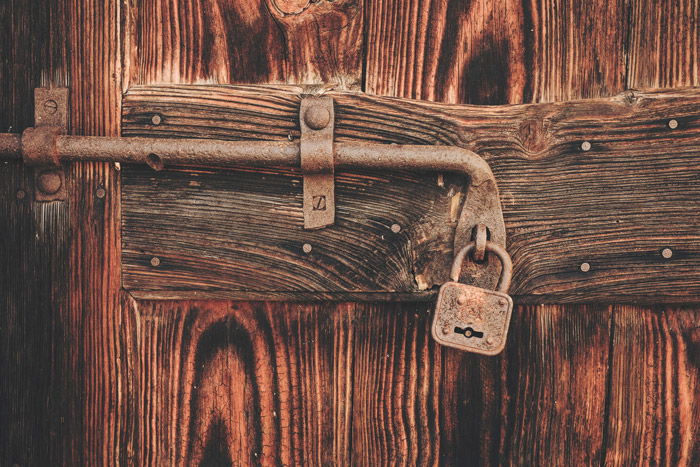
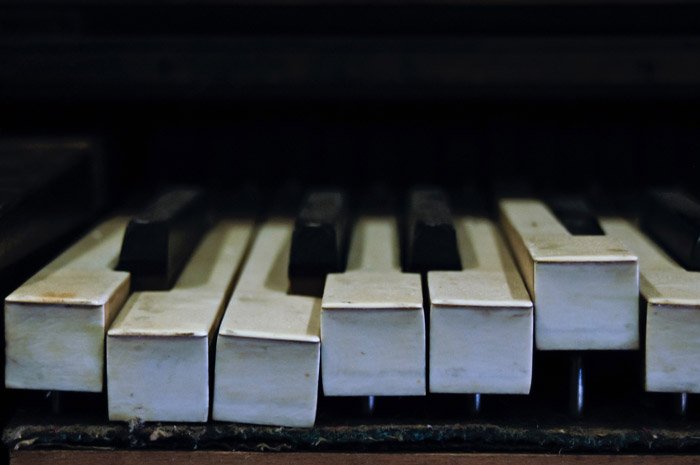
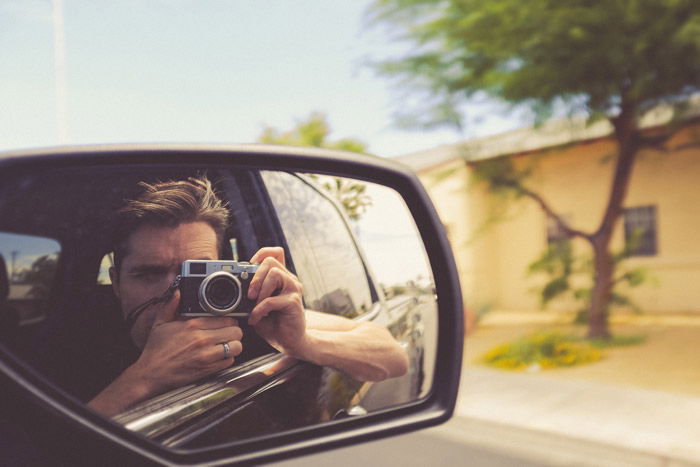

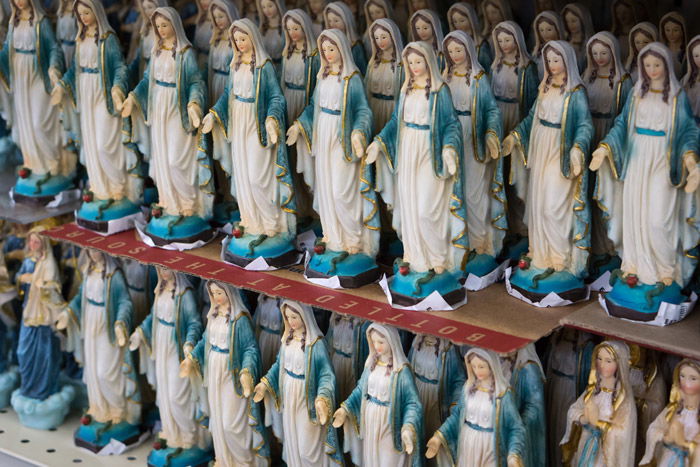
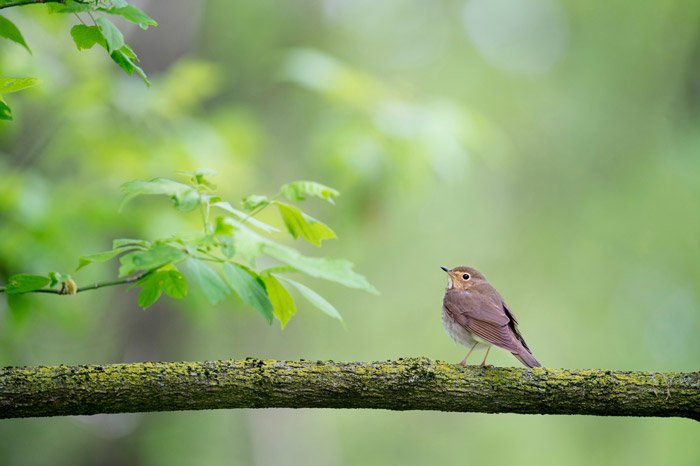
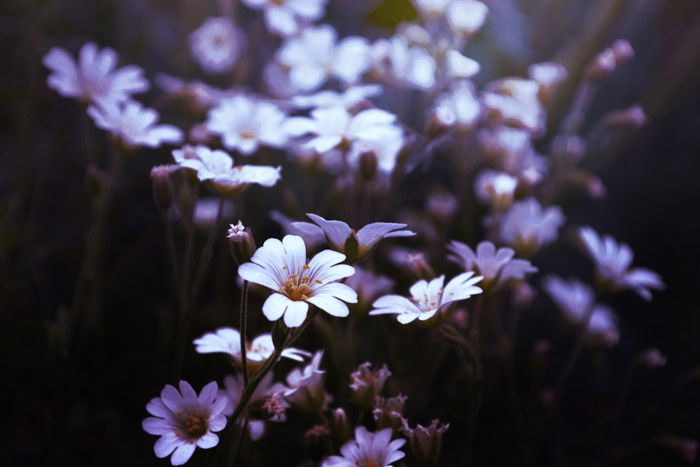

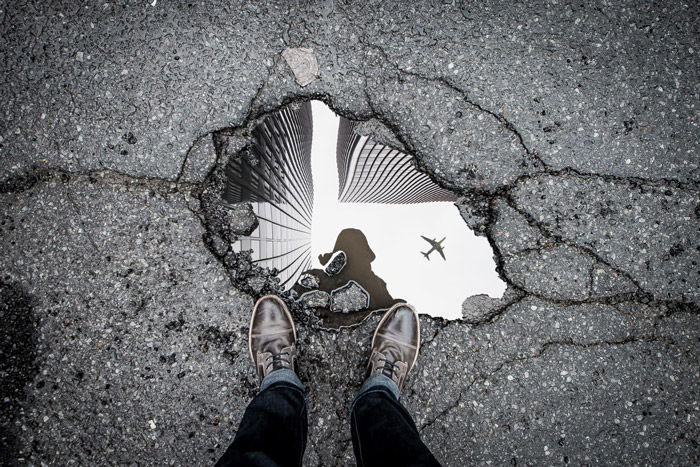
title: “How To Understand And Use Symbolism In Photography” ShowToc: true date: “2022-12-30” author: “Betty Emerson”
[ExpertPhotography is supported by readers. Product links on ExpertPhotography are referral links. If you use one of these and buy something, we make a little bit of money. Need more info? See how it all works here.]
Exploring Symbolism in Photography
Because of its many uses in literature and art, the term symbolism can have all sorts of meanings. In basic terms, symbolism refers to using visual cues to express a concept. For example, we associate a heart symbol with love. But a crow is often a symbol of death.
A Brief History of Symbolism in Visual Arts
Symbolism developed alongside the origins of visual arts itself. So the first step to understanding symbolism in photography? We need to investigate the history and origins of symbols in fine art.
Ancient Symbolism in Works of Art
An early concept is that a marking expresses many possible meanings. We see this in art dating back millennia. The Mayans adopted the jaguar as a symbol of ferocity, strength, courage, and foresight. They carved the likenesses of the big cat into temple walls and stelae. The scarab beetle featured prominently in Egyptian art to symbolize transformation and resurrection. An Aquila, or eagle with outstretched wings, embodied the span and might of the Roman empire. Ancient Chinese artists marked wealth with the depiction of a deer. And they adopted fish as a symbol of fertility and resilience.
Symbolism in Medieval and Renaissance art
Medieval times were an age when very few were literate. So medieval art movements relied on conveying deeper meaning through symbols. These symbols drew from religion, myth, nature, and society. So symbols such as the dove, the cross, and the halo were prominent in Byzantine art. During the Renaissance period, artists used a type of symbolism. They used it to assign human values to mythological figures. We can see this in Botticelli’s The Birth of Venus, pictured above and below. Venus herself represents love and beauty. The large scallop shell at Venus’s feet is representative of birth and fertility. Roses blown gently across the shore illustrate love.
Symbolism (the Art Movement)
Symbolism emerged as an art movement during the late 19th century. Several details featured heavily in symbolist artworks. The artwork had exaggerated gesticulations, muted colors, dark angels, and grotesque figures.
Symbolism in Other Modern Art Movements
Modern art movements such as Dadaism, Cubism, and Surrealism embraced symbology. Salvador Dali cultivated narratives that appealed to visual cues established in art history. He also invented new symbols like the melting clock in The Persistence of Memory. Frida Kahlo incorporated symbols into her artworks to describe larger ideas and experiences. And Pablo Picasso used symbolism to stress the dimensionality of his cubist subjects.
Symbolism and the History of Photos
Early photographers weren’t blind to the historical impact of symbolism in visual arts. Symbols conveyed through traditional methods were soon translated into photographic images. So many early portraits depicted subjects with books to signify intelligence. As photography developed, many photographs also became symbols in themselves. Dorothea Lange’s Migrant Mother symbolized the great depression of the 1930s. Alfred Eisenstaedt’s photo of in Times Square is an iconic symbol. It’s an American sailor kissing a woman. And it represented the V-day celebration at the end of World War II. And the 1989 photo of a lone Chinese protester in Tiananmen Square is famous. The person stepping in front of the People’s Liberation Army tank became a symbol. It depicted defiance in the face of oppression.
Symbolism in Contemporary Photos
Photography and symbolism have evolved together over time. That’s because the ways of viewing and generating imagery have changed. Consider photographers like Annie Leibovitz, Gregory Crewdson, and Steve McCurry. They have created unique approaches to photos. These resonate as symbolic of a period in visual history. The use of symbology within contemporary photos is pronounced too. Both old and new symbols continue to expand our visual culture. Justine Reyes’s still lifes are highly symbolic. They reference Flemish still lifes from the 16th and 17th centuries. Tami Bahat’s Dramatis Personae blends Renaissance-inspired symbolism and aesthetics with contemporary photographic tech. Chen Man’s portraiture merges symbols with fashion and makeup photography. This creates a rich photographic experience. And Honey and Prue use the landscape to symbolize concepts and metaphors.
Common Symbols Found in Modern Photos
Many shared symbols continue to inform our comprehension of art today.
Colors
Color affects our mood and our impressions. As a symbol, color represents emotional and physical experiences.
Red
Red has a palpable weight. It holds universal associations with heat, fire, and blood. These make red the color of physicality and human experience.
Yellow
Yellow is often linked with the sun and warmer seasons. Signaling the end of winter, yellow promotes joy and lightheartedness.
Pink
Pink evokes impressions of innocence and compassion. The buoyant color is sometimes associated with femininity.
Green
Green represents growth and nature, putting the eye at rest.
Purple
Purple is often tied to luxury or royalty, wisdom, and magic.
Orange
As a mix of yellow and red, orange delineates warmth and enjoyment.
Blue
We associate blue with water but also with beauty and sorrow.
Black and White
We can pair black and white with each other. Together they can symbolize age, nostalgia, and the separation of creative realities.
Flowers
Floriography reflects the meanings ascribed to flowers for thousands of years.
Roses
Perhaps the most prominent example of floriography lies with the rose. Red roses symbolize romantic love.
Lavender
The small aromatic flowers of the lavender bush have become a symbol. They represent purity, healing, and calm.
Chrysanthemums
Chrysanthemum blooms represent fidelity, optimism, joy, and long life.
Lilies
Lilies are the flower most associated with mourning. They can signal the emotional state of a subject.
Fruit and Vegetables
Fruit and vegetables are other visual cues. Artists have used them throughout art history. Like flowers, still lifes made up of fruits or vegetables signal the passage of time.
Apples
The apple appears in Christian religious art and popular culture. It signifies the sins of the biblical Adam and Eve. So the apple has come to be a symbol of sensual pleasure.
Lemons
Due to their sour taste, lemons often symbolize resentment or conflict.
Peaches
People see the peach as a symbol of virtue.
Pears
Throughout the history of visual arts, pears have become a symbol of marital faith.
Garlic
Many cultures have used garlic for spiritual protection.
Pumpkin
We associate pumpkins with Halloween and seasonal change. The distinctive vegetable represents protection, warmth, and well-being.
Animals
We have been animals in ancient cave paintings and Leonardo da Vinci’s famous Lady with an Ermine. They have had a continuous presence in symbology and visual art.
Felines
We view cats as figures of liberty, intelligence, and grace. They come in all sizes and are an enduring symbol in artistic history.
Canines
We celebrate the companionship, loyalty, and intelligence of canines. We have seen their likenesses immortalized in portraiture for centuries.
Horses
Horses have had a significant historical presence in art. We use them to elevate figures of importance and add movement to an image. Depending on their color, horses can reflect different themes. These include victory, aristocracy, virtue, death, war, and intrigue.
Small Mammals
Some may associate rats and mice with destruction and disease. But rodents are also known for their intelligent and industrious natures.
Birds
We associate birds, in general, with freedom of spirit.
Objects
Photographers incorporate familiar and specific objects into a photo. It establishes a wordless dialogue between a viewer and an artwork.
Clocks
Clocks signify the passage of time. They remind us that time is a limited resource.
Vintage Objects
Dated objects are another reminder of the progression of time. We include vintage fashion and items like typewriters, old cameras, or cars. They can evoke a sense of nostalgia.
Skulls and Bones
Skulls and bones inspire reflection on mortality.
Locks and Keys
Keys signal potentiality and mystery. Locks can symbolize commitment or secrecy.
Instruments
Instruments add an audible dimension to an image.
Mirrors
A mirror can stand for truth or vanity. A self-portrait in a mirror can symbolize self-reflection.
How to Use Symbolism in Photography
We can control the delivery of a symbolic subject. We do this by using placement, repetition, lines, color, and depth of field. Placement The placement of a symbol conveys the visual weight of a subject. A symbol in the center of an image emphasizes the symbol as the subject itself. An off-center symbol or a symbol in the background of an image is more subtle. It soaks up atmosphere and context.
Repetition
The repetition of symbolic subjects expresses a pattern of behavior. A strong, singular symbol holds weight as an established subject. A repeated symbol emphasizes a message with each repetition.
Line
Line plays an important role in drawing attention to symbols in a photo. A curved line is more organic and pairs with natural symbols. Sharp lines are inorganic and bold. They deliver the viewer’s eye straight to a symbol with urgency and efficiency.
Color
Like lines, the human eye tends to seek out colors. A bold pallet leads the viewer’s eye straight to a symbol. A symbol made up of muted colors will merge with the rest of the image, cultivating a slower viewing pace.
Depth of Field
A sharp symbol within a focused environment speaks to the entirety of the photo. We can also nest symbols within a softly focused background or foreground. This creates a sense of intimacy.
Conclusion: Street Photography Quotes
The symbols and techniques listed in this article are by no means exhaustive. But they should give you a good idea of using symbolism in photography. Symbology represents something more than the physical resemblance of a particular subject. We appeal to impressions drawn from experience and visual culture. And symbology conveys imagery layered with meaning and narrative.














































